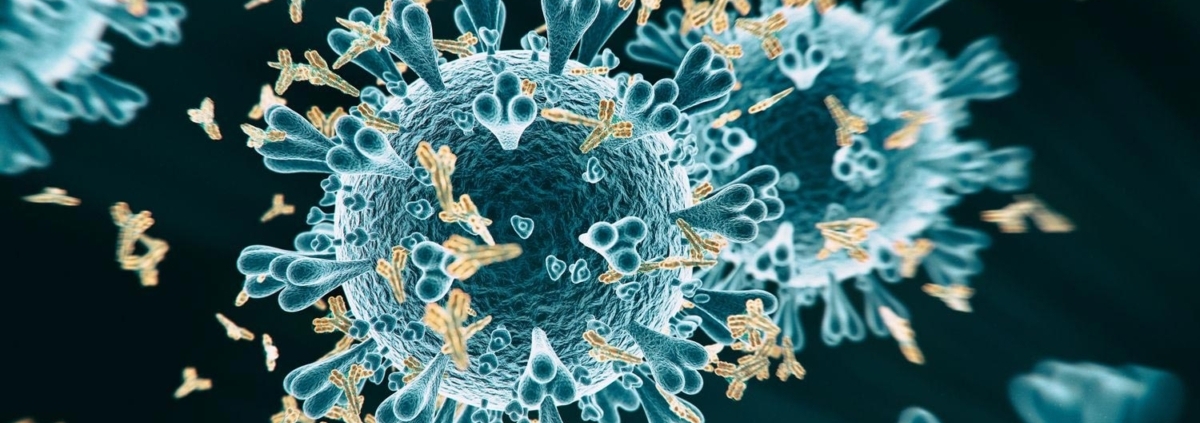A new study from UBC researchers suggests a strong correlation between following the MIND and Mediterranean diets and later onset of Parkinson’s disease (PD). While researchers have long known of neuroprotective effects of the MIND diet for diseases like Alzheimer’s and dementia, this study is the first to suggest a link between this diet and brain health for Parkinson’s disease (PD). The MIND diet combines aspects of two very popular diets, the Mediterranean diet and the Dietary Approaches to Stop Hypertension (DASH) diet.
“The study shows individuals with Parkinson’s disease have a significantly later age of onset if their eating pattern closely aligns with the Mediterranean-type diet. The difference shown in the study was up to 17 years later in women and eight years later in men,” says Dr. Silke Appel-Cresswell of the Pacific Parkinson’s Research Centre, the Djavad Mowafaghian Centre for Brain Health and the Division of Neurology in the UBC Faculty of Medicine. “There is a lack of medications to prevent or delay Parkinson’s disease yet we are optimistic that this new evidence suggests nutrition could potentially delay onset of the disease.”
In a study of 176 participants, researchers looked at adherence to these types of diets, characterized by reduced meat intake and a focus on vegetables, fruits, whole grains and healthy fats, and the age of PD onset. They found that close adherence to these diets coincided with later onset of PD in women of up to 17.4 years, and 8.4 years in men. The MIND diet showed a more significant impact on women’s health, whereas the Mediterranean diet did for the men. The differences in these two diets are subtle, but could serve as clues to the impacts specific foods and micronutrients may have on brain health.
The different effects of diet adherence between sexes are noteworthy as approximately 60 per cent of those diagnosed with Parkinson’s disease are men.
Release date: 13 January 2021
Source: University of British Columbia










